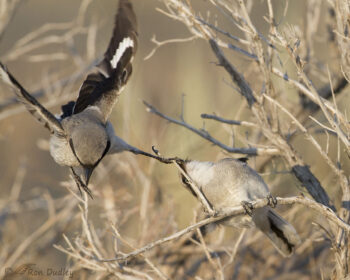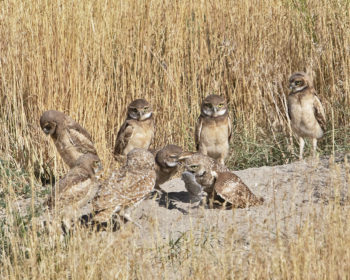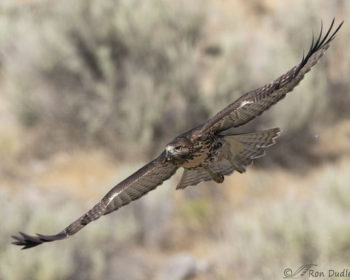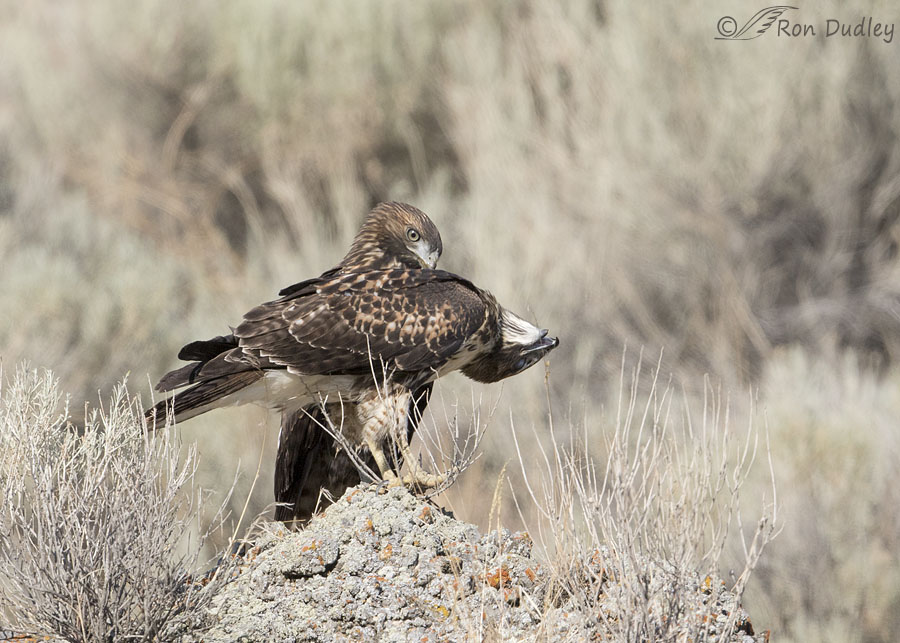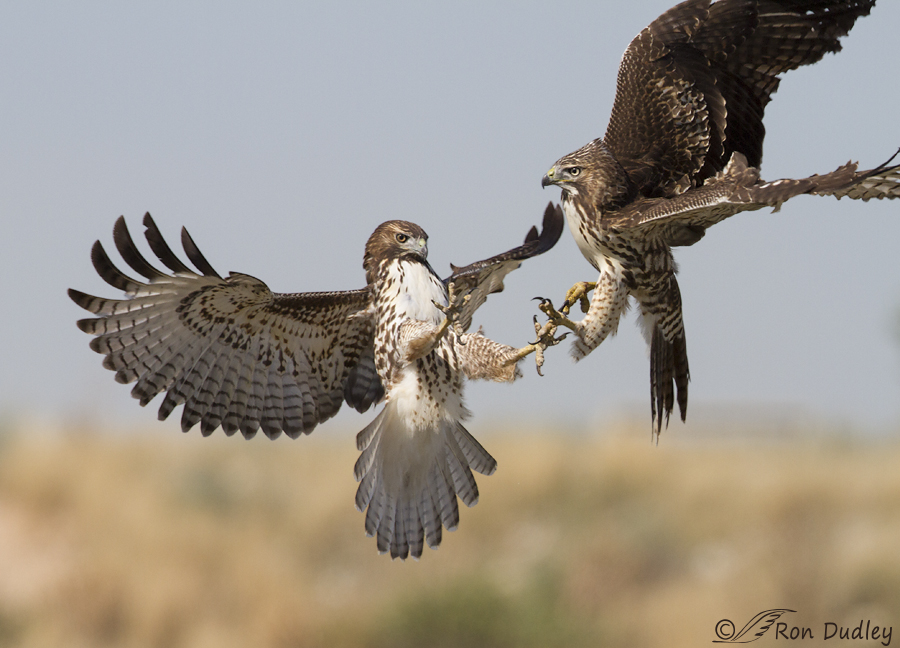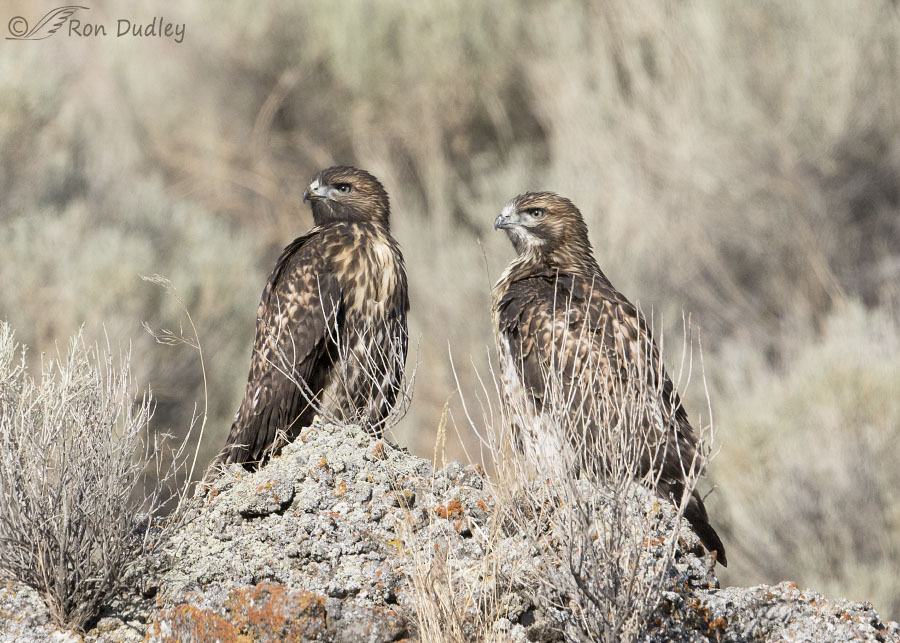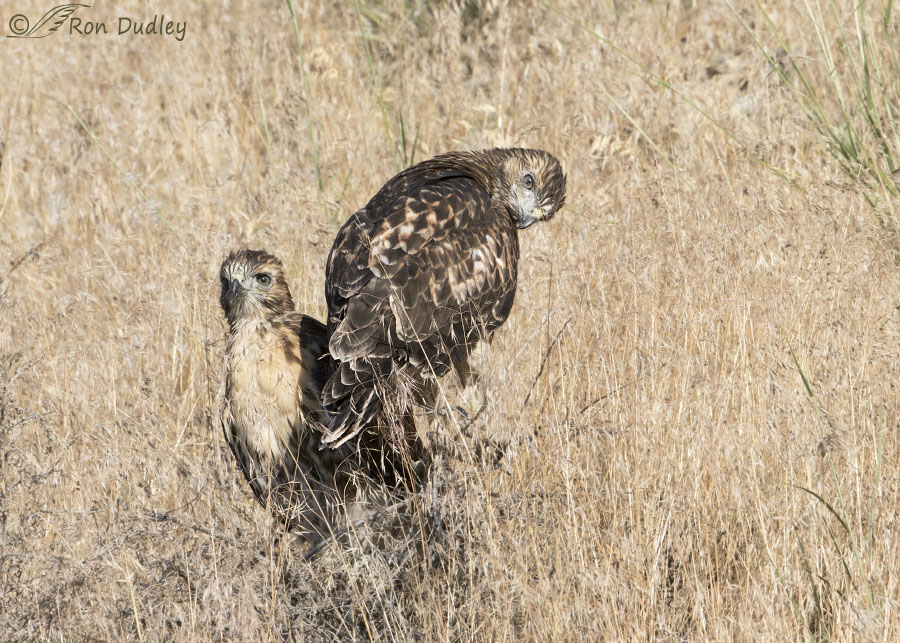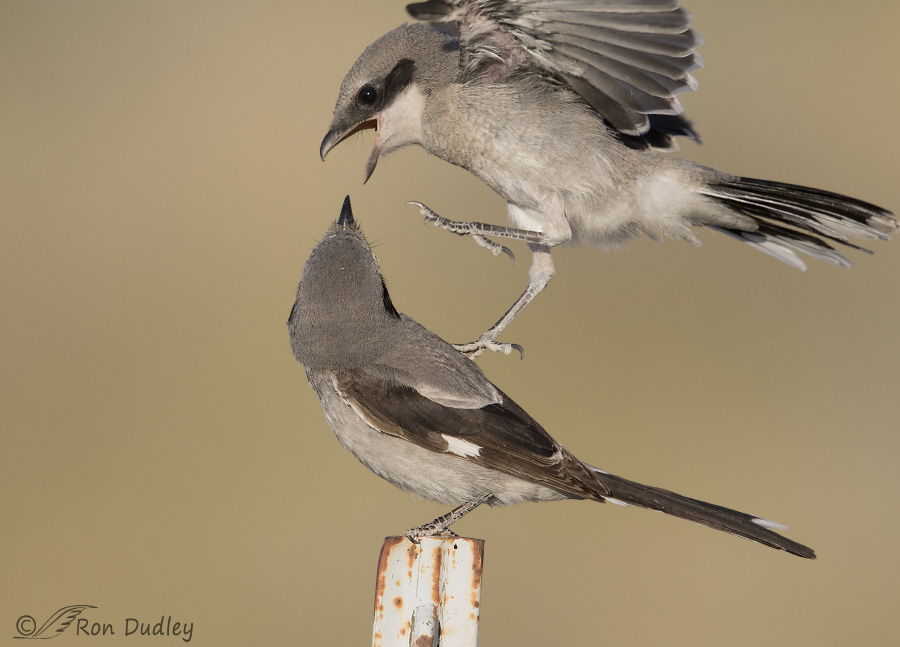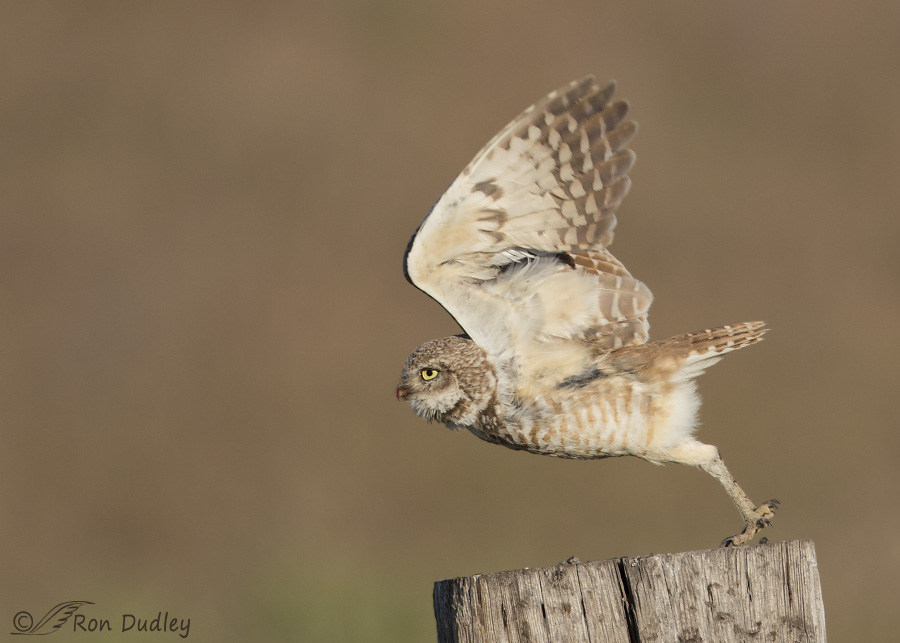Tag: juveniles
Burrowing Owls Making A Food Delivery To Their Young’uns
Recently Fledged Red-tailed Hawk Coming At Me
Red-tailed Hawk Siblings Acting Goofy
Red-tailed Hawks Doing Battle
Some Very Good News On The Red-tailed Hawk Nesting Front
Sibling Red-tailed Hawk Fledglings In Different Curiosity Poses
Loggerhead Shrikes And The Curse Of The Teleconverter
Burrowing Owl Takeoff (and my first fledglings of the year)
A Plea For Respect For The Burrowing Owl
If there’s a group of birds on the face of the earth that is almost universally loved it seems to me that it would have to be owls. Many folks are captivated by them for their large forward-facing eyes, quizzical expressions, eerie vocalizations and the sense of mystery provided by their generally nocturnal habits. Others appreciate their many unique adaptations, such as silent flight and their ability to turn their heads 270 degrees. There’s just something about owls… 1/640, f/9, ISO 400, 500 f/4, 1.4 tc And for many of us Burrowing Owls are at the pinnacle of that adoration. Their comical antics, especially those of the juveniles, tug at our heartstrings and make us smile. And they’re more accessible to viewing than are most owls because they’re active during daylight and spend much of their time on the ground close to their burrows instead of being hidden high up in trees. The flip-side to all this is that Burrowing Owls are extremely vulnerable to unthinking human intrusion – especially while they’re nesting and caring for chicks or juveniles. 1/4000, f/6.3, ISO 500, 500 f/4, 1.4 tc In Utah the burrows of these owls are typically found among sagebrush, which they often use as perches during early morning. This allows the patient and ethical birder or photographer a good look at the birds without having to get too close in order to see through the vegetation usually found in the burrow area. It’s not unusual for Burrowing Owls to nest close to roads and when they do…


